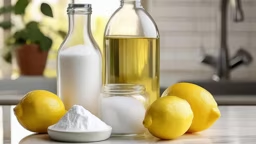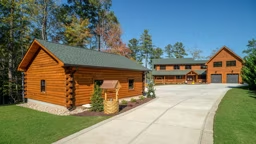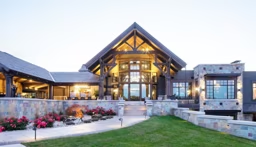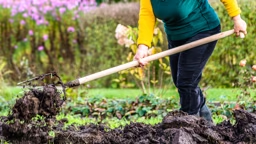Whether or not you are sealing and/or chinking a new or existing log home, you will need to consider whether it is compatible with the stain and then make sure it is applied correctly for the best seal and energy savings.
Chinked or chink-less walls benefit from today’s flexible sealants and chinking that are formulated to seal gaps to bond to stained wood. Backer rods and caulks are used in larger cracks to provide even greater protection from the elements. These products are available in a large variety of colors to match your exterior stain, or in the case of chinking, may contrast with the color of the logs for a striking effect.Chinking. Chinked style log homes are intentionally built with a space between each course of log work. This space is filled with a backer rod and then chinking is applied both inside and out. Modern chinking has great adhesion and elastic properties, allowing it to expand and contract as the logs move.
Many of today’s products are unaffected by ultra violet rays, are resistant to chemicals, salt spray, water vapor and mildew, and have low thermal conductivity. Chinking is applied in many ways; from as simple as a using a spatulas to as mechanical as a chink pump that can apply yards of chinking in a short period of time.A Backer Rod is a foam backing for sealants such as chinking and caulking. It reduces the amount of sealant applied for a proper seal and creates the ideal joint shape. They also provide insulation and act as a bond breaker between the upper and lower logs. Backer Rods comes in three basic shapes: Round, Triangular, and Trapezoidal. The majority are available as a closed cell foam material.
Sealing/caulking is used to seal checks/cracks that may permit rain or insects to penetrate down into the log. Log caulking is also used around door and window openings, notched corners, and between log courses as a preventative measure to stop air infiltration. A wide range of colors allows you to match the color of log finish you use.
Log Ends. Special attention should to be paid to the log ends that are less protected than the rest of the home and allow the grain to be exposed. There are special sealant products that provide a barrier to the sun, wind and rain that can easily degrade this area.











